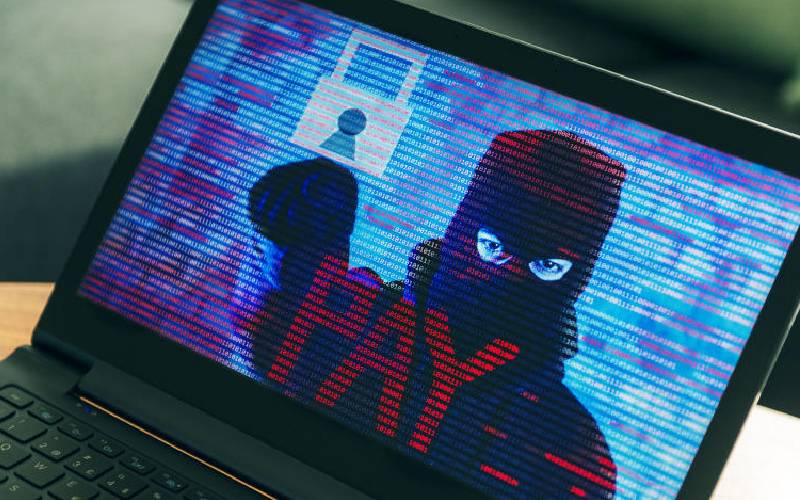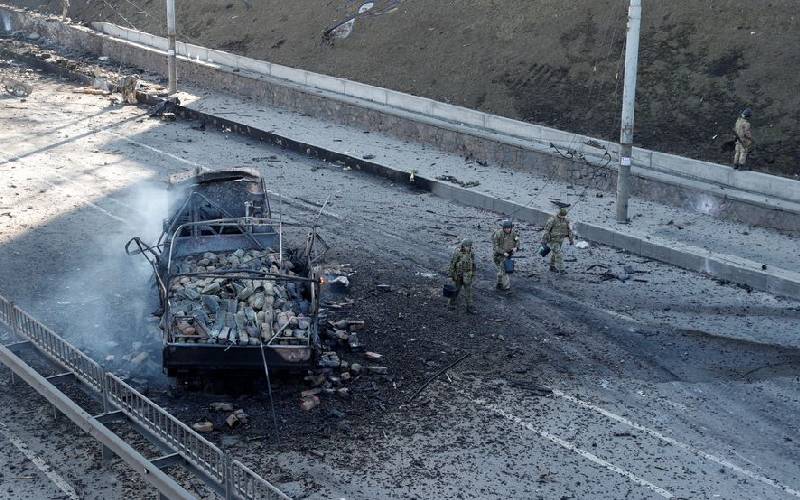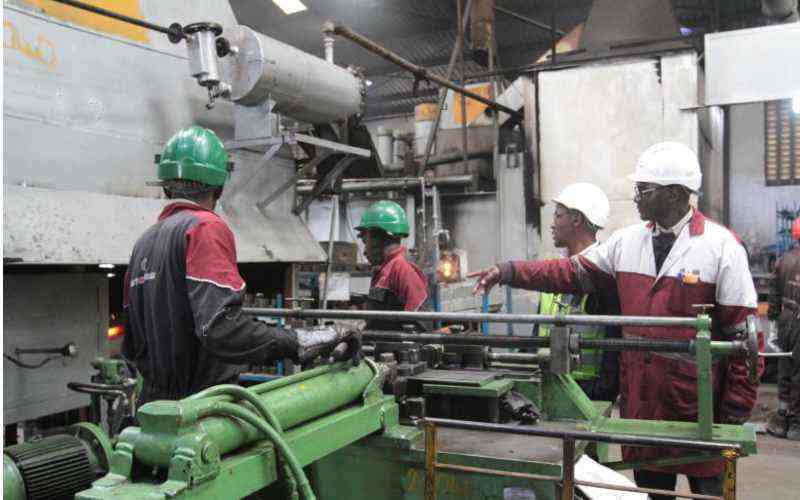Government agencies and private companies are likely to experience more cyberattacks this year.
Threats to Kenya’s infrastructure, experts say, are likely to be heightened by rising global tensions as countries take sides in the raging Russia-Ukraine conflict .
According to the Communications Authority of Kenya (CA), 143 million incidents of cyberattacks were detected in the country last year, which was a 23 per cent increase to 110 million cases.
CA attributed this to a surge in remote working as companies adopted remote working for their staff to mitigate the spread of the Covid-19 pandemic.
And cyber experts are now concerned that the fallout from Russia’s invasion of Ukraine, which has disrupted financial systems and supply chains as Western countries impose sanctions against Moscow could precipitate the rise in cyberattacks.
Patrick Muya, the head of East Africa business development at Plena Solutions, an Israeli cybersecurity company based in Kenya noted that in the first 48 hours of Russia’s invasion of Ukraine, cybersecurity agencies observed an increase of over 800 per cent in cyberattacks worldwide.
“The increasing threat of cyberattacks is primarily, but not limited to, countries and companies directly involved or associated with the conflict. Cyberattacks know no borders with little to no effect on distance, time, and culture,” observed Mr Muya.
Anticipation of full-blown cyber warfare is on the back of a long history of international attacks coordinated out of Russia. Moscow, for instance, was blamed for the large-scale attack on Ukraine’s power grid in 2015. And in 2017, the Kremlin released on Ukraine the data-wiping NotPetya virus, a destructive malware. The virus ultimately spread globally, hurting companies and State agencies.
Independent Russian hackers have in recent years also been linked to several brazen hacking schemes, including the devastating ransomware hack of the Colonial Pipeline in the US last year.
Mr Muya said it would, therefore, be foolhardy for Kenya to think it is safe despite the geographical distance of the raging Russia-Ukraine conflict. He said the ongoing cyberwar between the two countries calls for vigilance by local companies and the government, with ICT now becoming part of everyday life.
“The fact that so many critical industries and systems are linked and accessible from electricity and water supply to communication networks, banking and hospitals, can give an idea of the potentially catastrophic consequences of cyberattacks on these systems,” said Mr Muya, adding that main targets are likely to be banks, media outlets and government websites.
Ukrainian servicemen walk by a damaged vehicle, at the site of fighting with Russian troops. [Reuters]
CA in its report indicated that malware was the biggest threat detected in the country, with 31 million threats reported during the review period.
Malware is a file or a code that is basically meant to breach the security and privacy of a computer, server, client, or network.
The purpose is to either steal information or virtually control the system.
The second threat was DDOS/Botnet, which accounted for 1.2 million cases. DDOS is an acronym for distributed denial of service.
A botnet, on the other hand, is a collection of internet-connected devices, which are compromised with malware and are used to control a device from a remote location without the knowledge of a device’s owner.
According to the regulator, two million web application attacks were reported last year, while system vulnerabilities stood at 28,482.
Mr Muya said Plena Solutions has seen an increase in malicious activity originating from unrelated third parties trying to take advantage of the situation by using malicious URLs and spam emails to infect systems with harmful malware. He said the best defence for potential attacks is increased vigilance and upgrading ICT systems regularly.
“With the ever-growing volume and sophistication of cyberattacks, the private sector, critical infrastructure, and the government should take immediate actions to increase the level of cyber security protection and readiness,” said Mr Muya.
 The Standard Group Plc is a multi-media organization with investments in media
platforms spanning newspaper print operations, television, radio broadcasting,
digital and online services. The Standard Group is recognized as a leading
multi-media house in Kenya with a key influence in matters of national and
international interest.
The Standard Group Plc is a multi-media organization with investments in media
platforms spanning newspaper print operations, television, radio broadcasting,
digital and online services. The Standard Group is recognized as a leading
multi-media house in Kenya with a key influence in matters of national and
international interest.
 The Standard Group Plc is a multi-media organization with investments in media
platforms spanning newspaper print operations, television, radio broadcasting,
digital and online services. The Standard Group is recognized as a leading
multi-media house in Kenya with a key influence in matters of national and
international interest.
The Standard Group Plc is a multi-media organization with investments in media
platforms spanning newspaper print operations, television, radio broadcasting,
digital and online services. The Standard Group is recognized as a leading
multi-media house in Kenya with a key influence in matters of national and
international interest.











